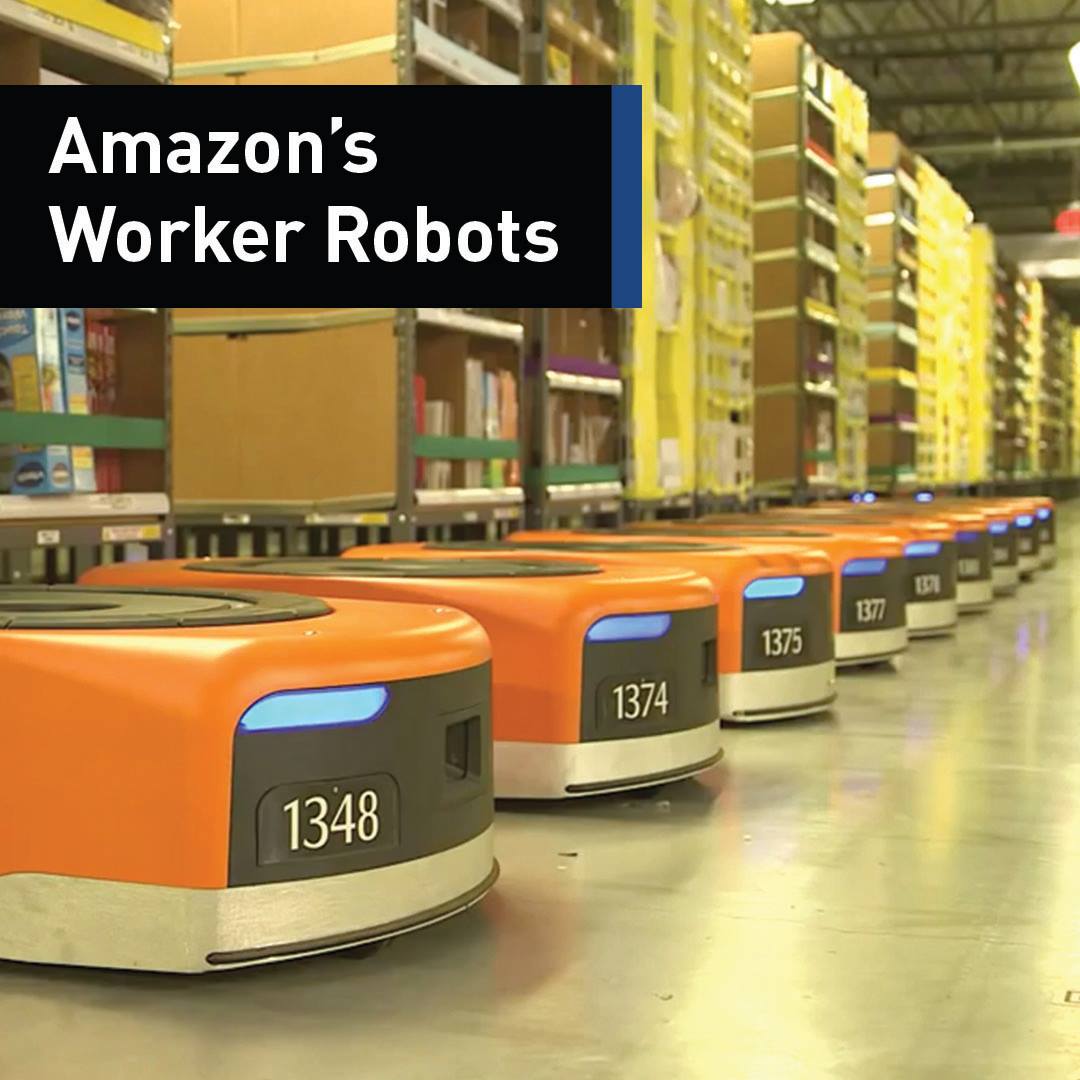Ever wonder how Amazon.com keeps up with the massive amounts of daily orders? Worker robots!

Ever wonder how Amazon.com keeps up with the massive amounts of daily orders? Worker robots!
Healthy livers are being grown from rejected donor organs after British scientists discovered how to combat diseased tissue.
Researchers at the Royal Free in London have shown it is possible to strip away the damaged parts of donor livers and use the underlying structure as natural scaffold to rebuild a working organ.
The team are hoping that in the future stem cells from a transplant patient can be taken and used on the scaffold to grow a new liver which would not be rejected by the body.
Continue reading “Healthy livers grown from rejected donor organs in transplant breakthrough” »
Age of Quantum Bit.
In computers of the future, information might be stored in the form of quantum bits. But how can a quantum bit be realized?
A research team from Germany, France and Switzerland has realized quantum bits, short qubits, in a new form. One day, they might become the information units of quantum computers.

Watching glasses-free 3D on a TV is no longer an outlandish concept, but that hasn’t been true for movie theaters. How are you supposed to create the same parallax effect for everyone, whether they’re up front or way in the back? Researchers at MIT CSAIL and Israel’s Weizmann Institute for Science finally have a practical answer. Their Cinema 3D tech creates multiple parallax barriers in a single display, using lenses and mirrors to deliver a range of angles across the whole theater. And unlike previous attempts at large-scale glasses-free 3D, you don’t have to take a hit to resolution.
You won’t get to forego the unwieldy eyewear for a while. The prototype is only slightly larger than a pad of paper, and uses 50 lens/mirror combos to achieve its 3D effect. You’d need a far bigger and more intricate system to make it work at the local movie house, which might make it prohibitively expensive. However, it’s imaginable that a future, optimized version might find its way into theaters and spare you from one of the biggest hassles in modern moviegoing.
Continue reading “Scientists create glasses-free 3D for the movie theater” »
Facebook said from the start that it would open source its Surround 360 camera this summer, and it’s following through on that promise. You can now visit GitHub to learn how to build the camera, install its software and (naturally) tweak both the hardware and software to meet your needs. Just keep in mind that this isn’t exactly a homebrew project — you’ll need about $30,000 in parts to build the official version. It’s more for video pros that want to produce 360-degree content without having to turn to pricier, pre-packaged offerings like Nokia’s Ozo. Still, it’s worth exploring the source if you want to either see how Facebook’s VR cam works or design a lower-cost alternative.
If you’ve seen the dystopian nightmare fuel that is BBC’s Black Mirror, you might be getting the “No no nos” about Sony’s latest patent application — ‘smart’ contact lenses with a built-in camera that can record, play, and even store videos right before your eyes.
With Google and Samsung having already filed patents for contact lenses with tiny, built-in cameras, these things seem inevitable, and they have the potential to change everything about the way we interact with each other… for better or worse.
So yep, that means in the future we could all be playing back recordings of old conversations to our friends and family to win an argument, or, you know, watching a ‘greatest hits’ compilation while having sex with our significant other. But we have more faith in the good of mankind than that, right?
Perhaps looking at our Universe as three dimensions of space is too restrictive. What if we were more — and less — all at once?
“Despite the lack of peer-reviewed evidence, startup Halo Neuroscience says its brain-zapping headphones have helped athletes get more from their training.”
